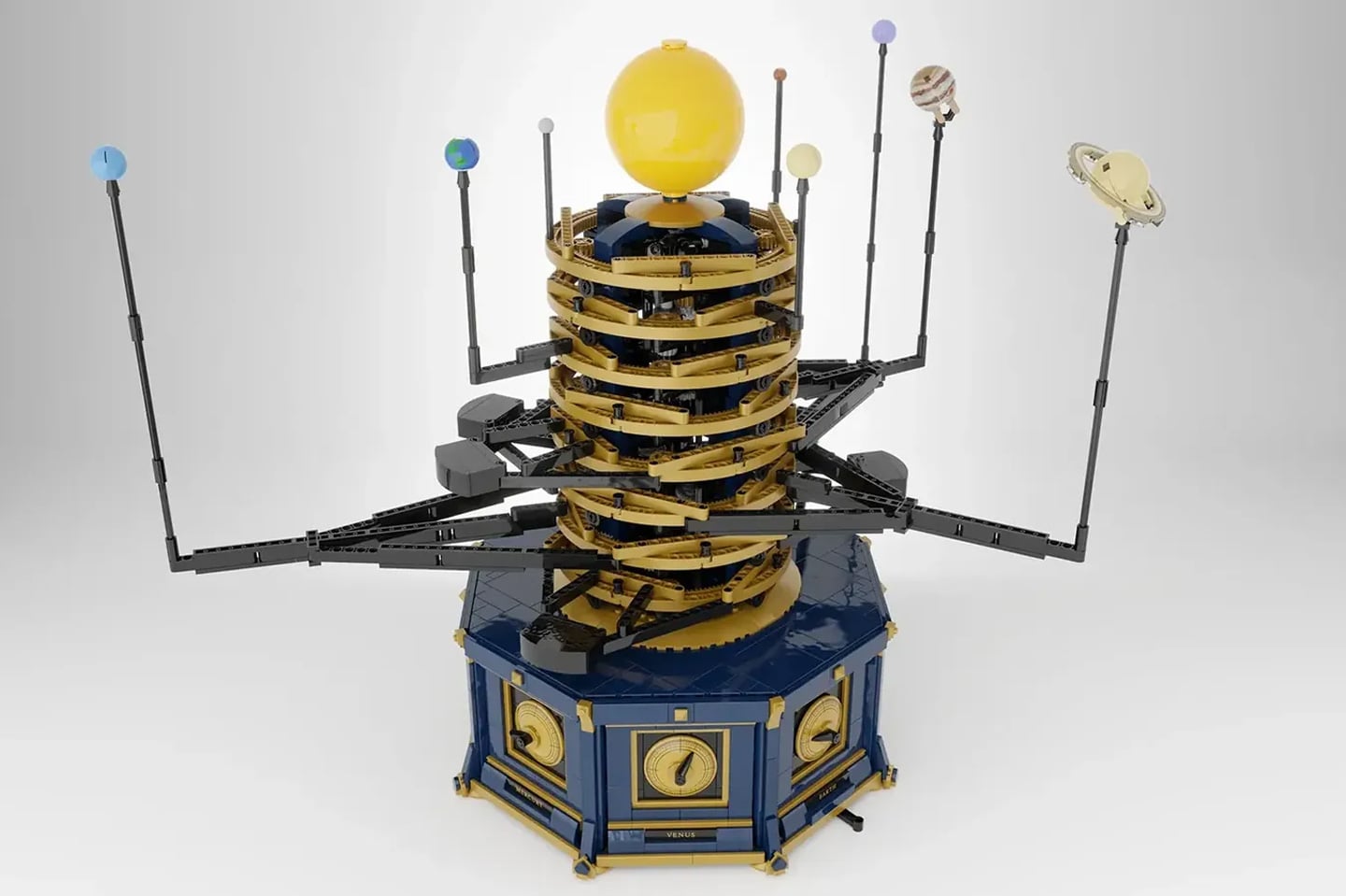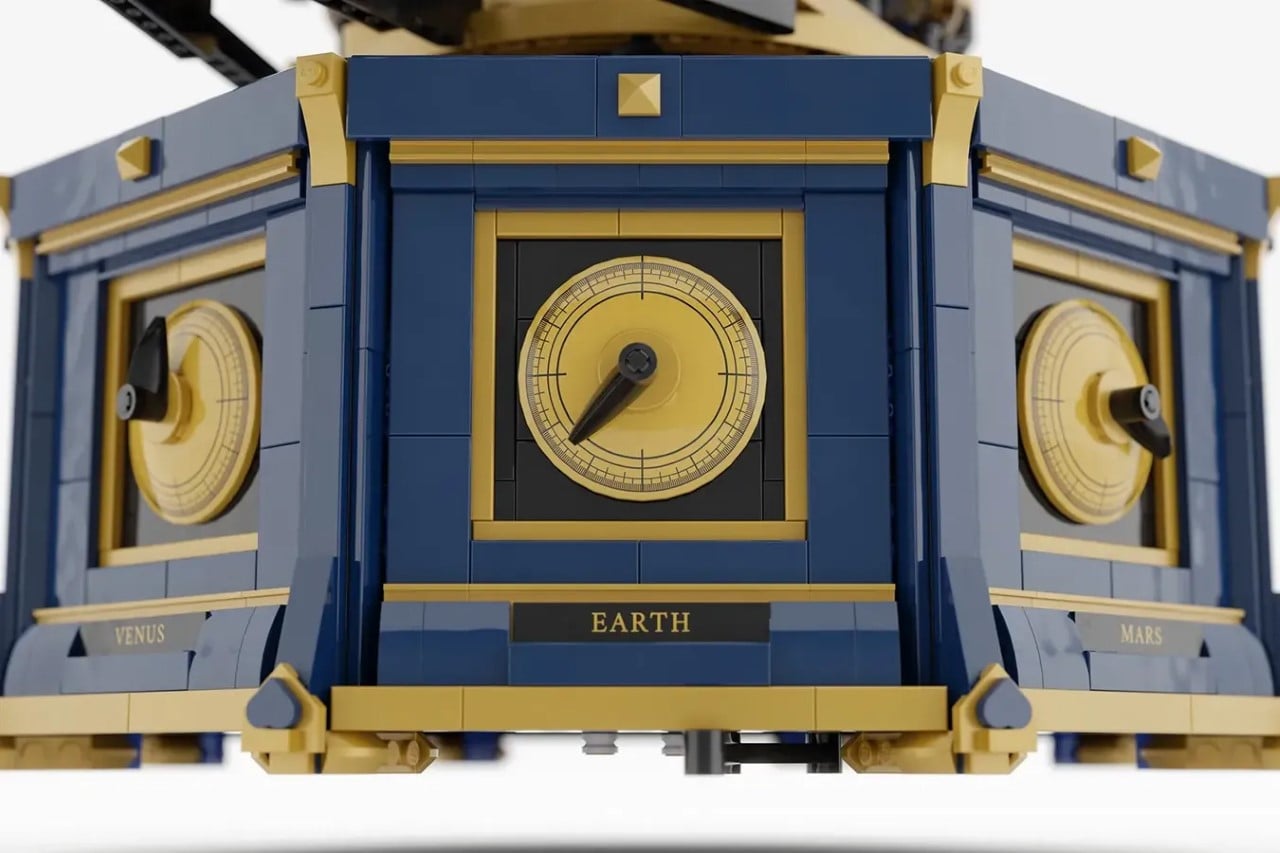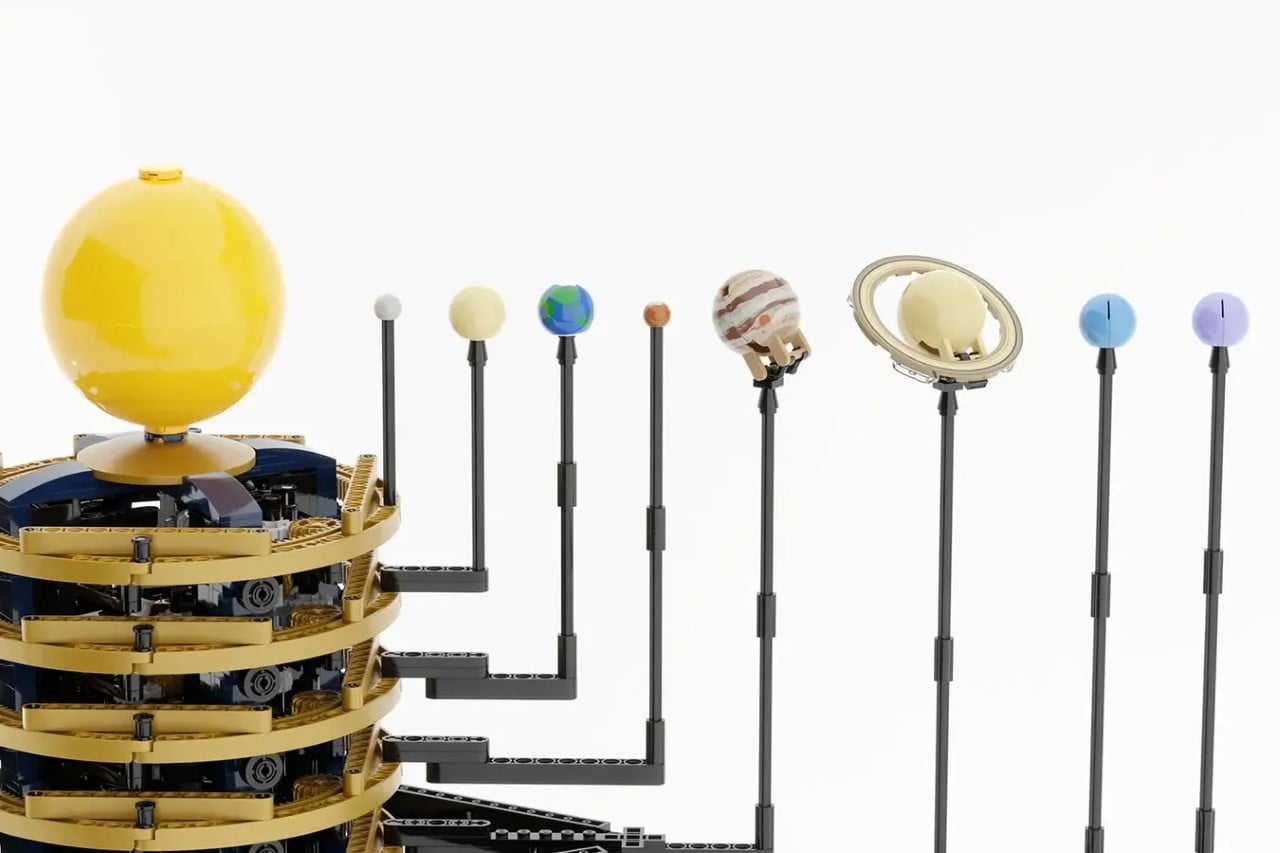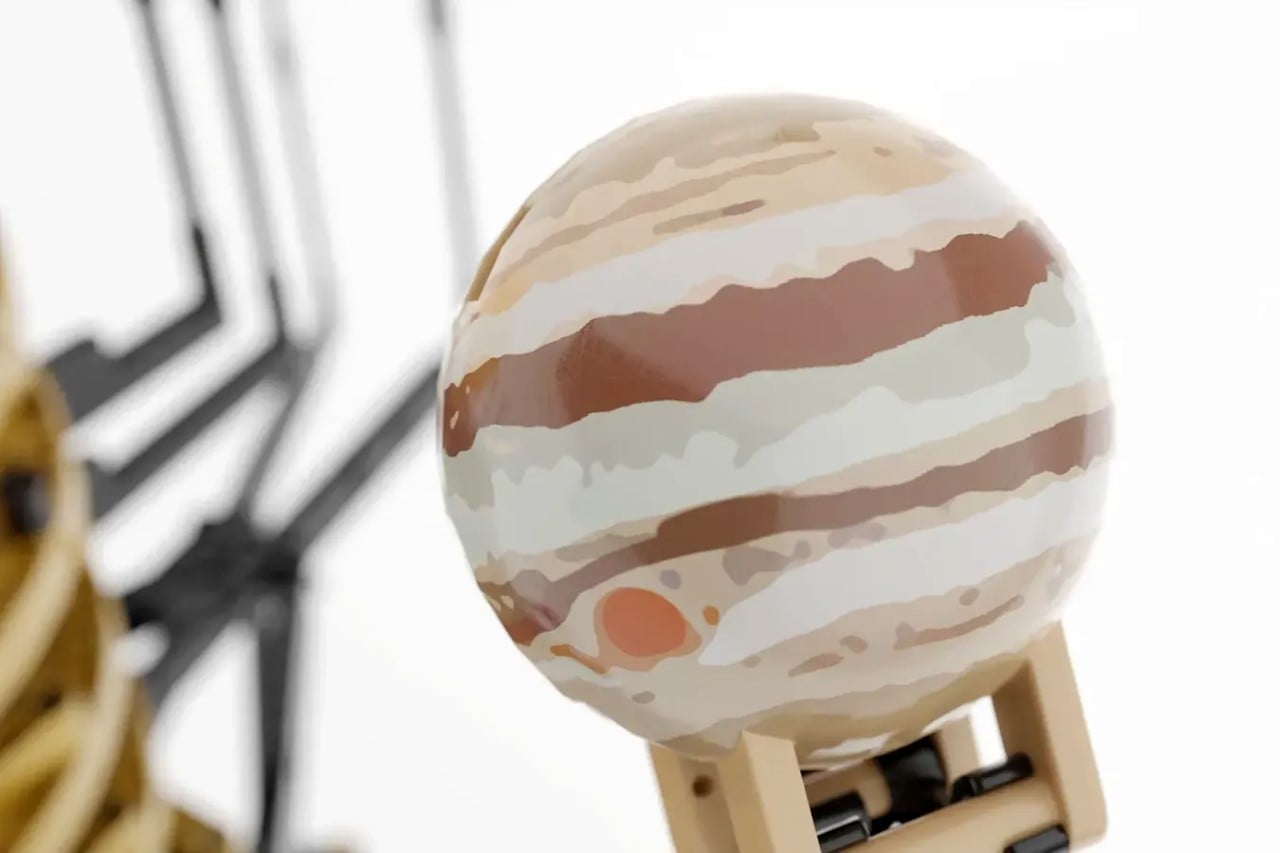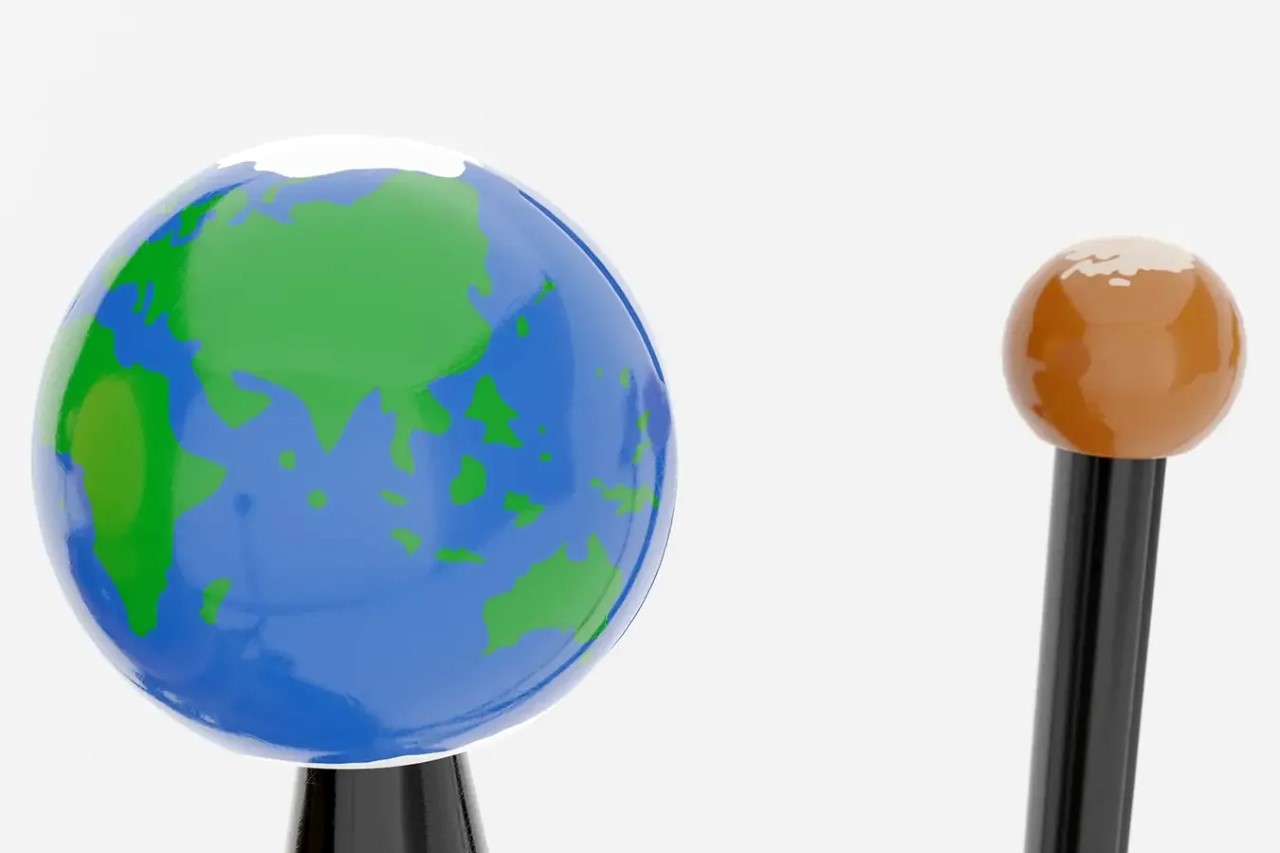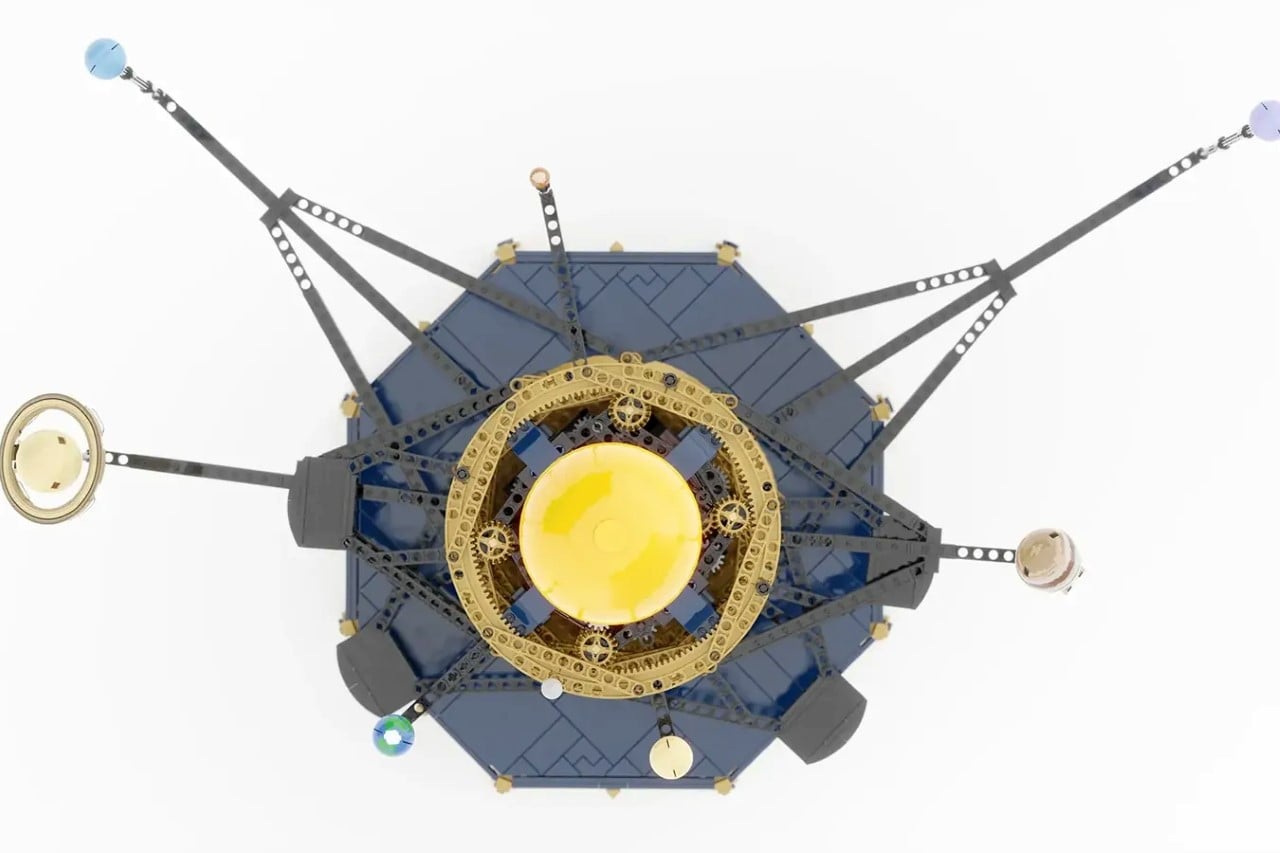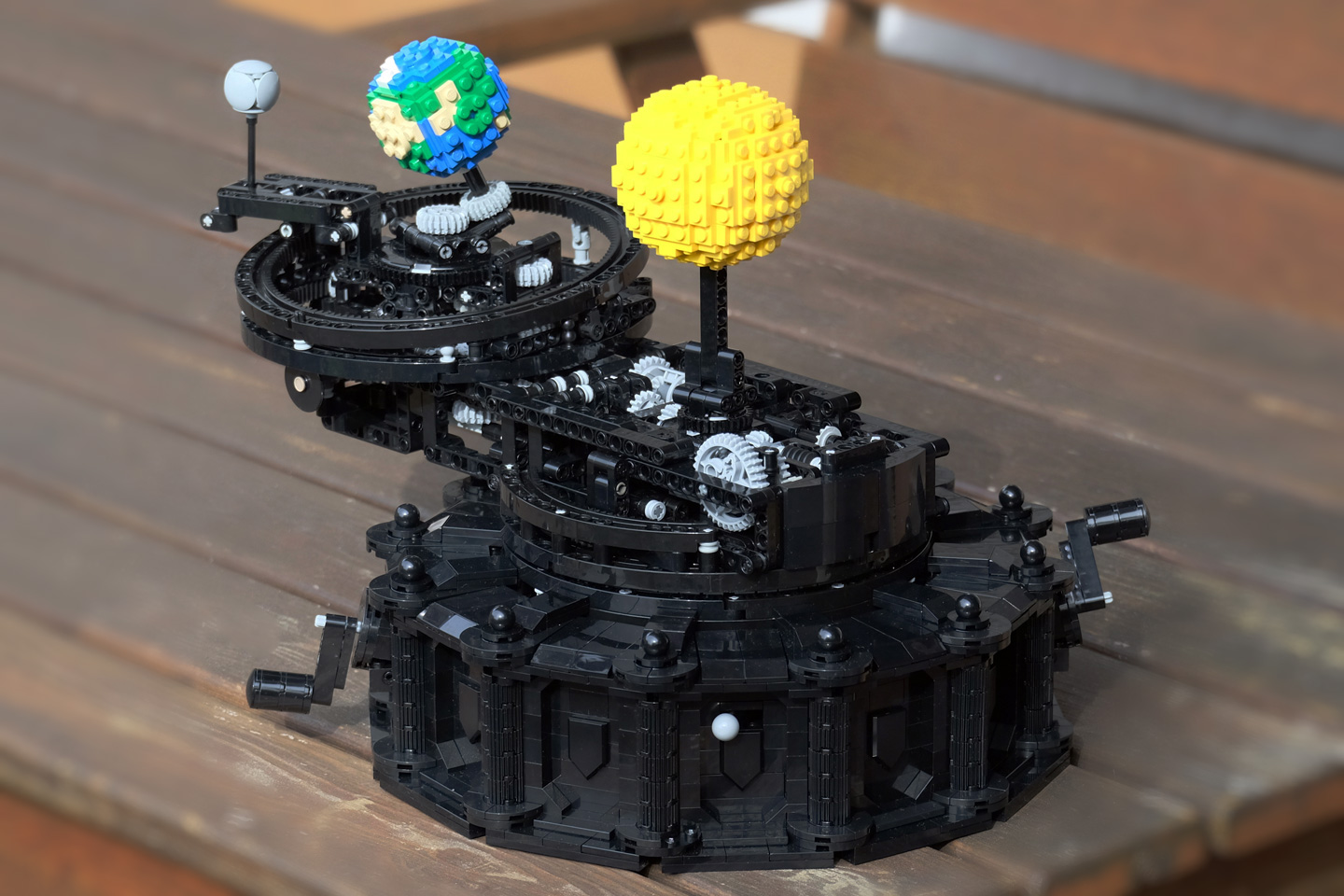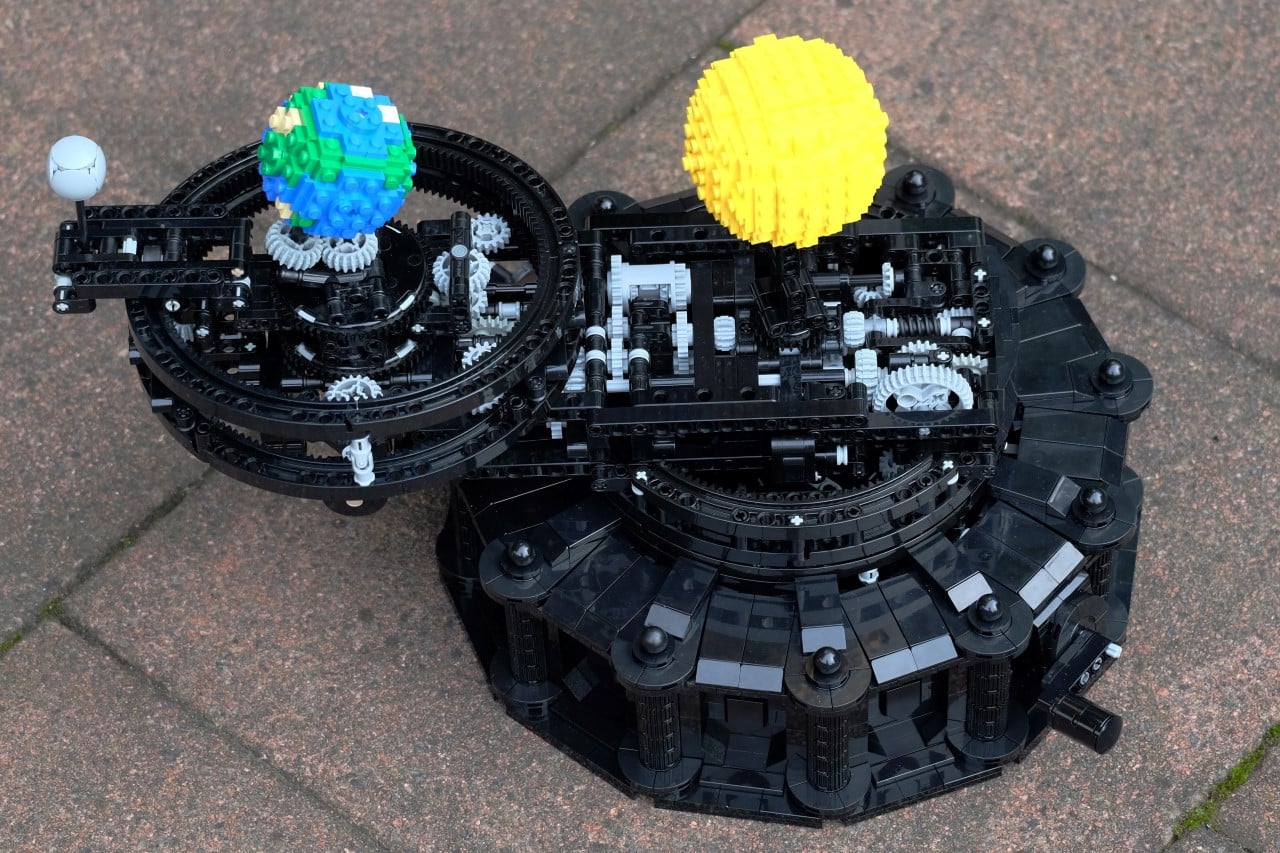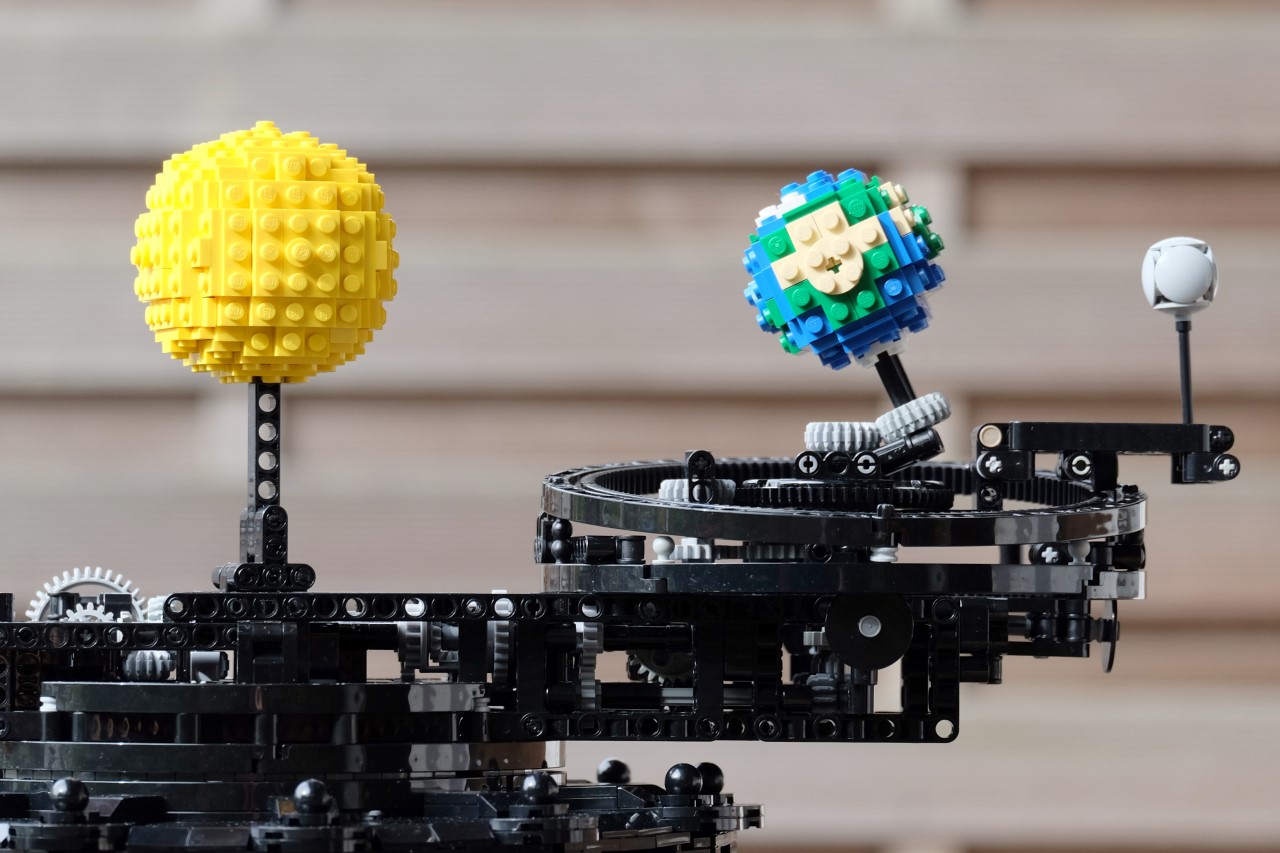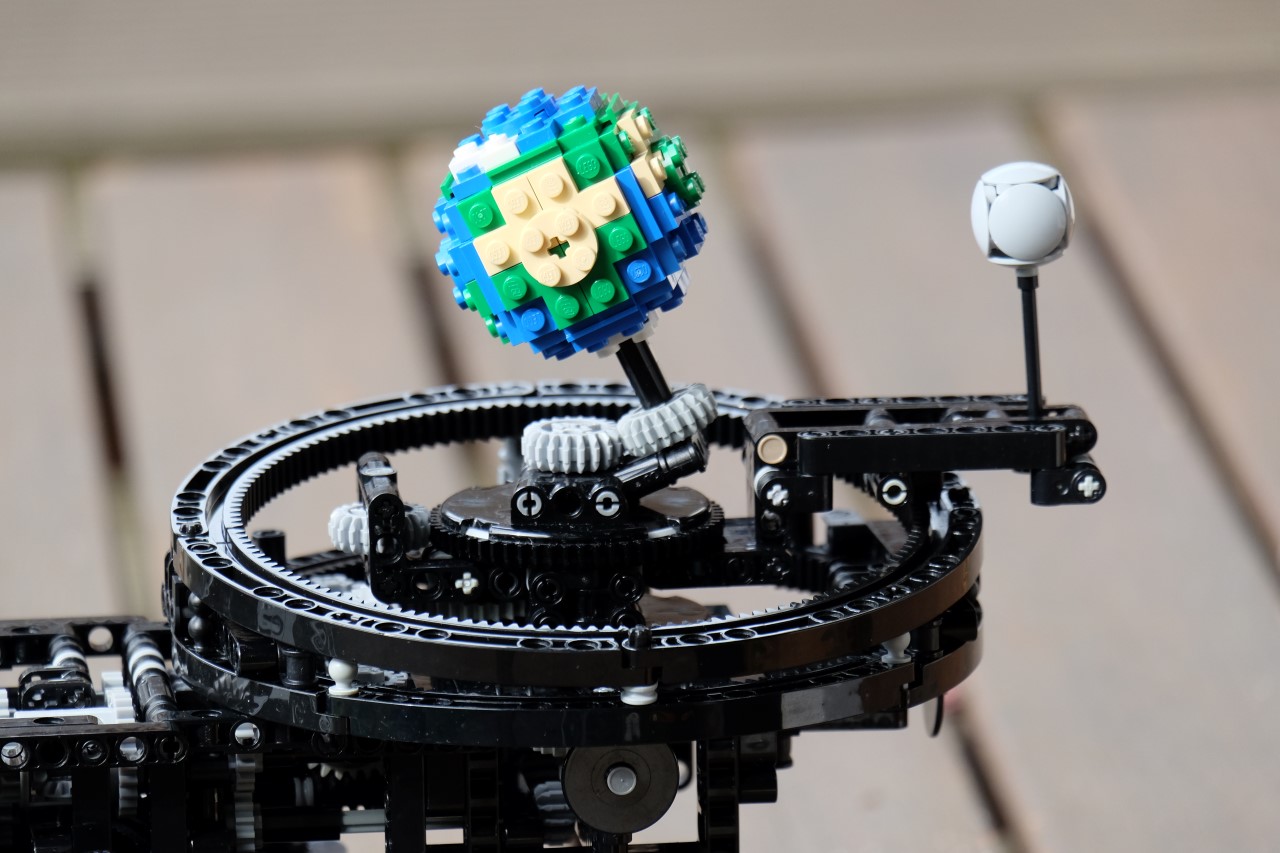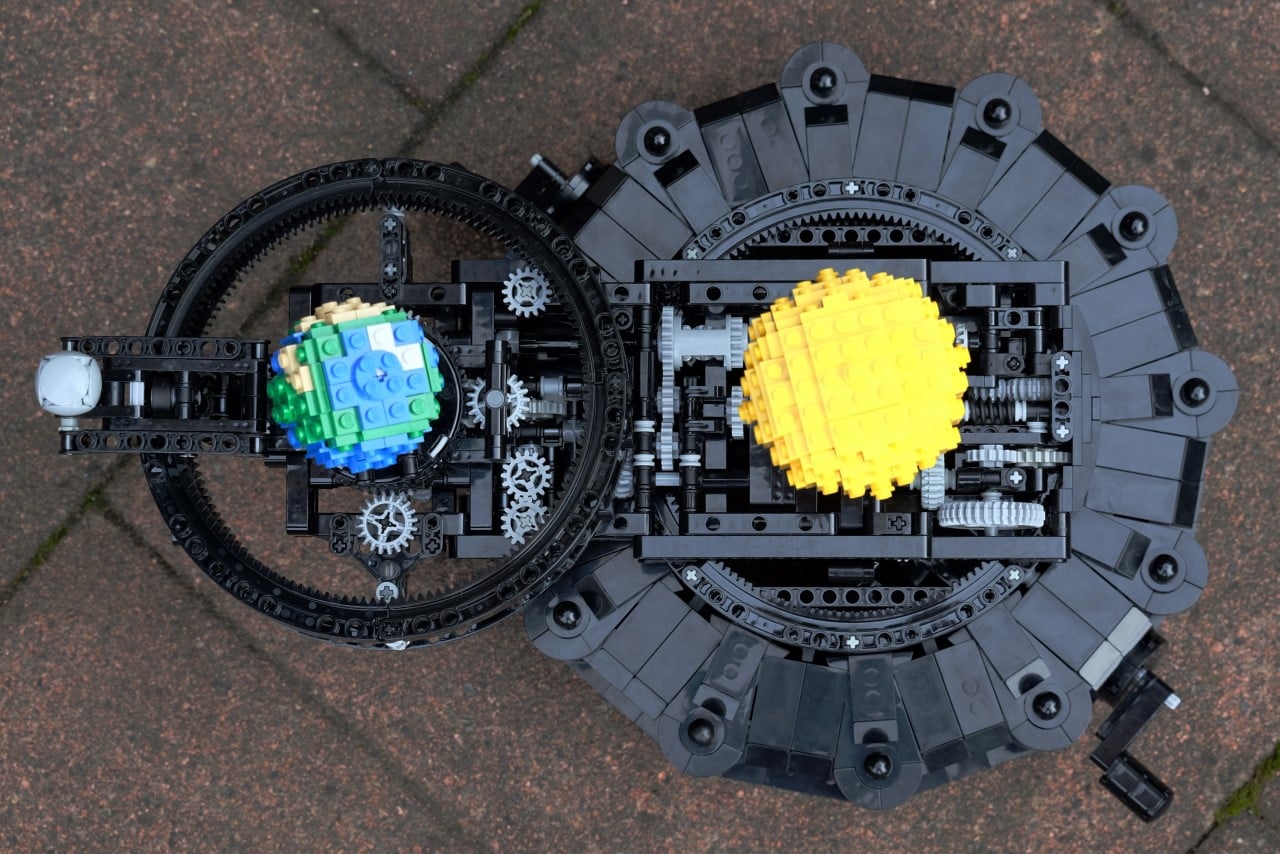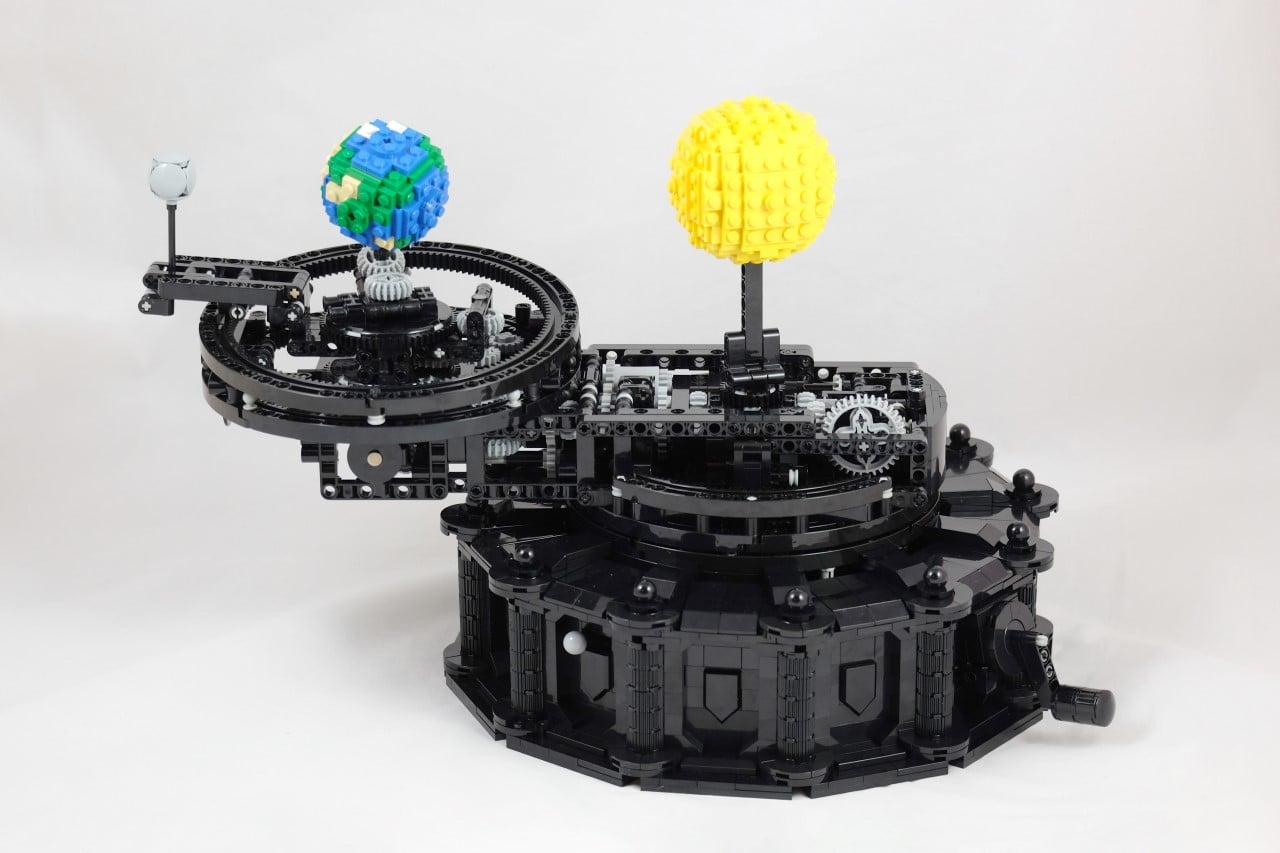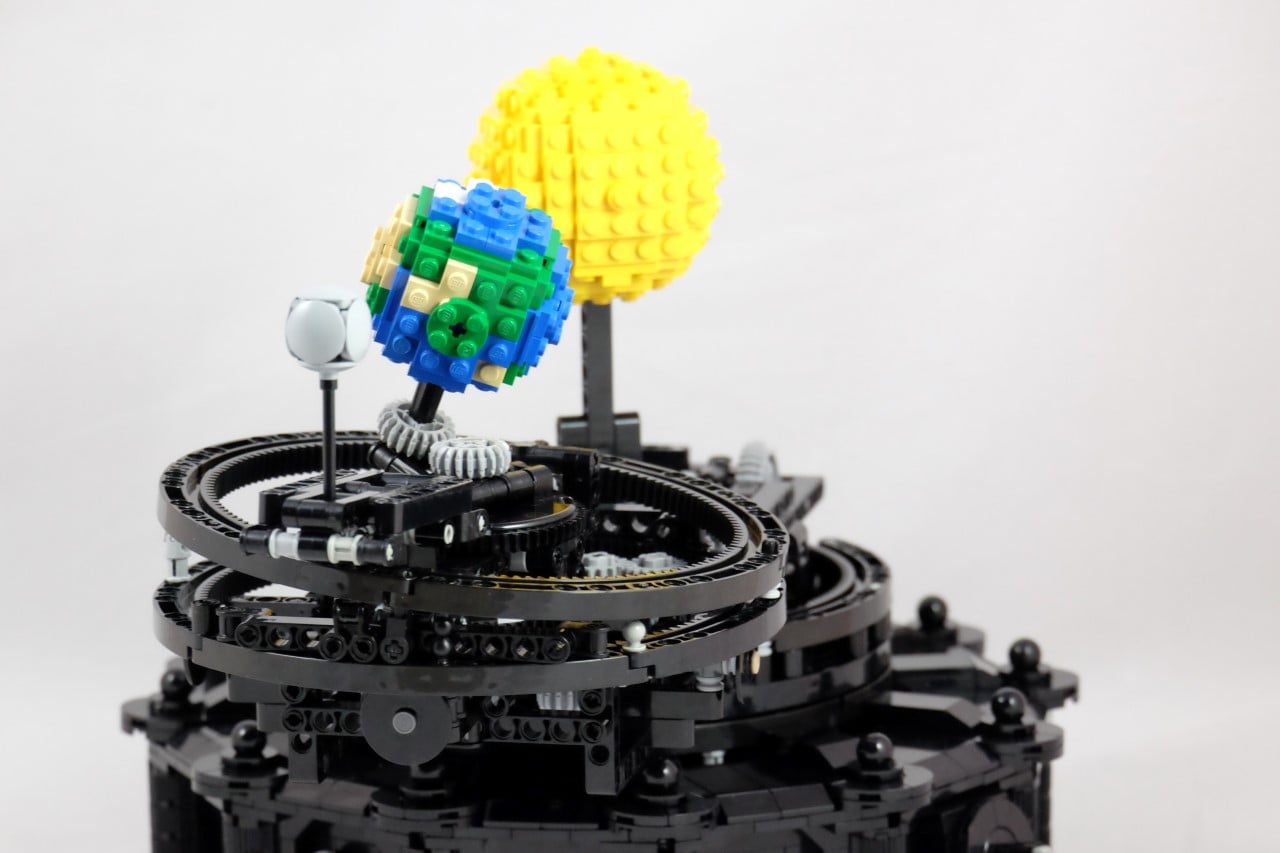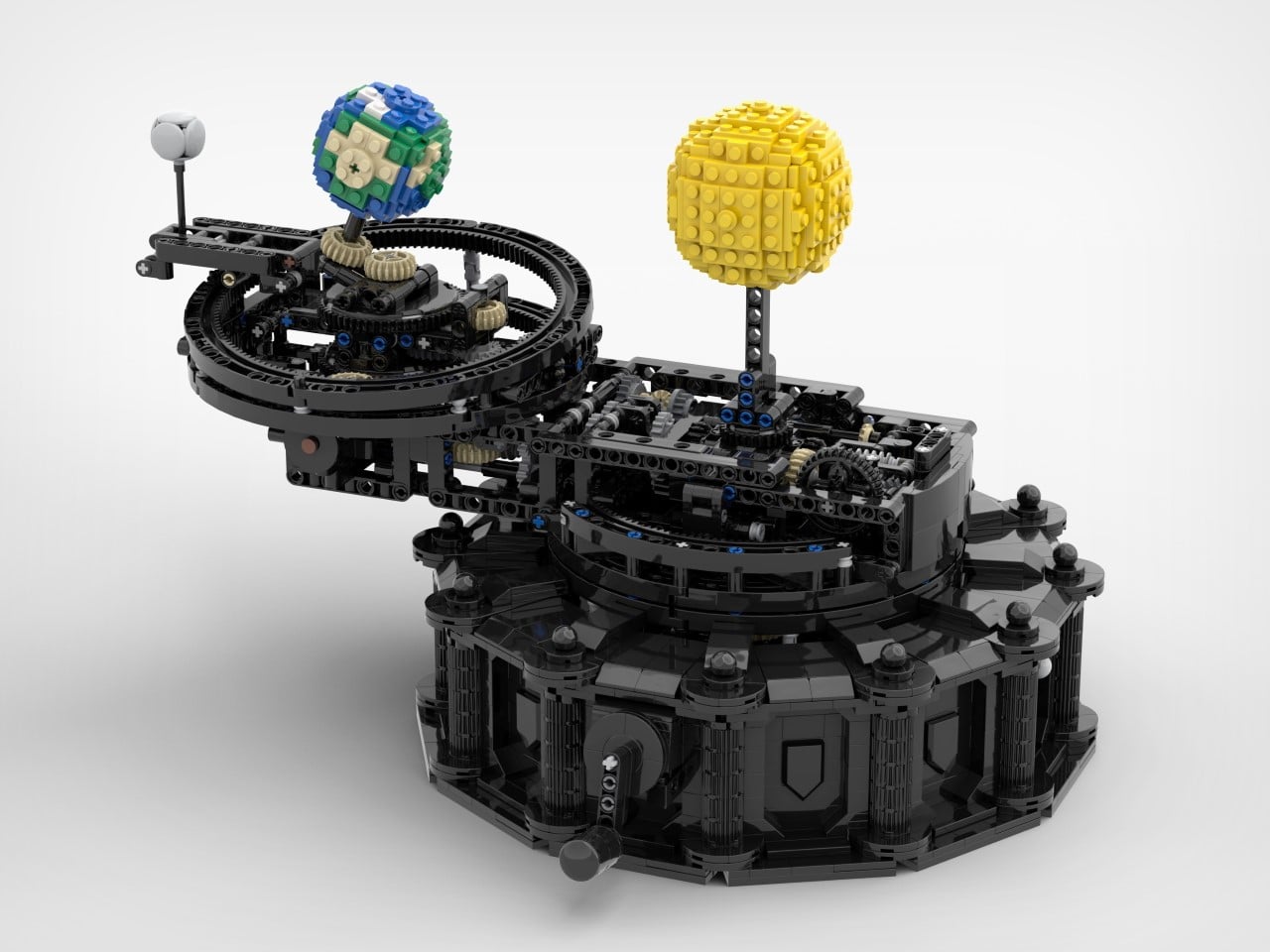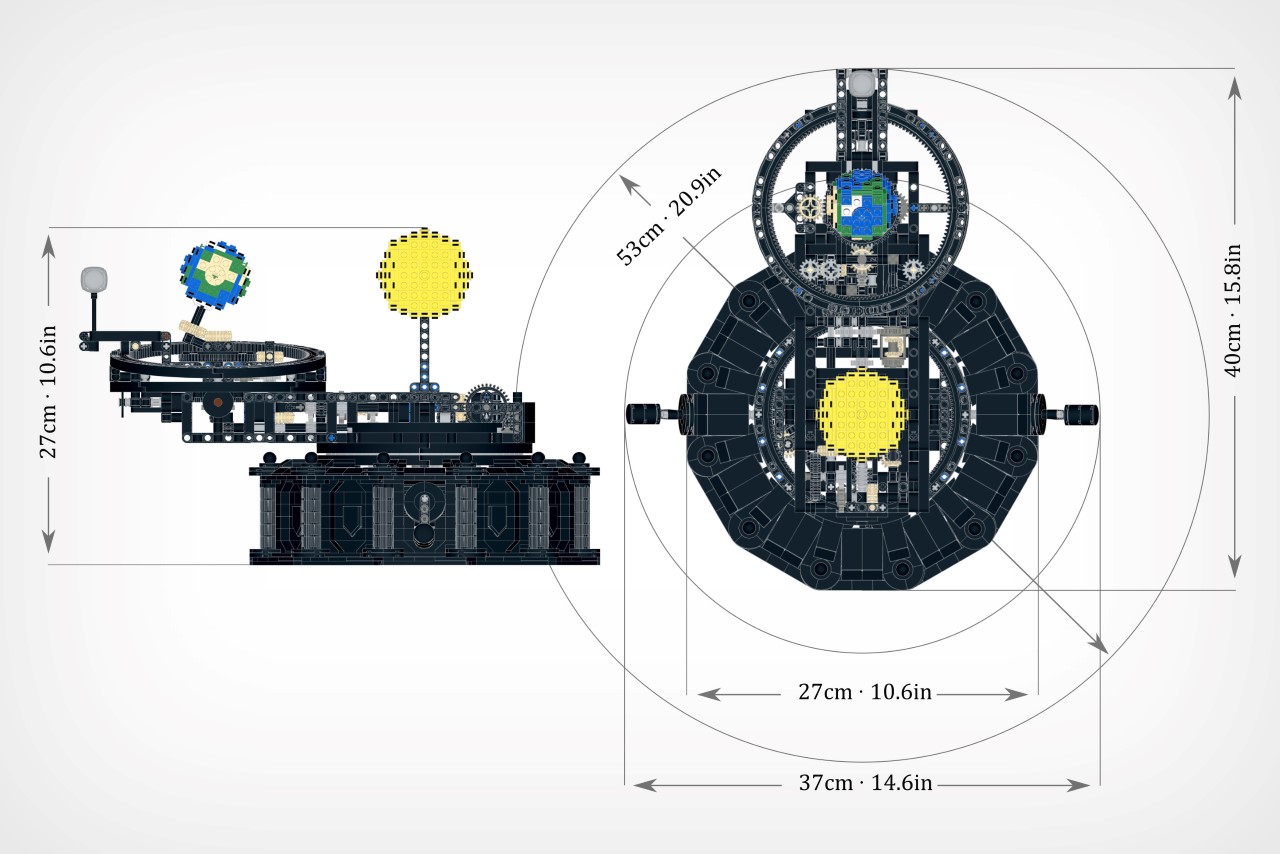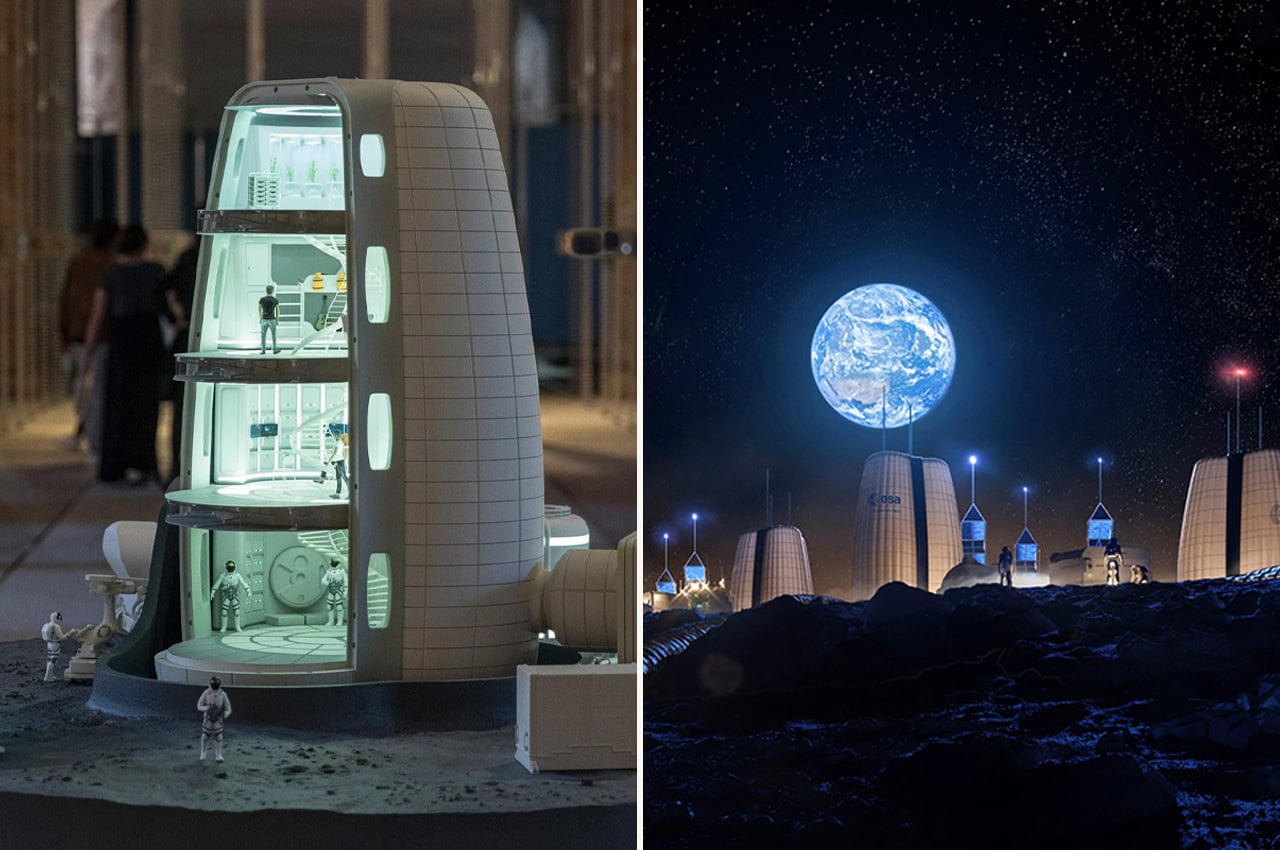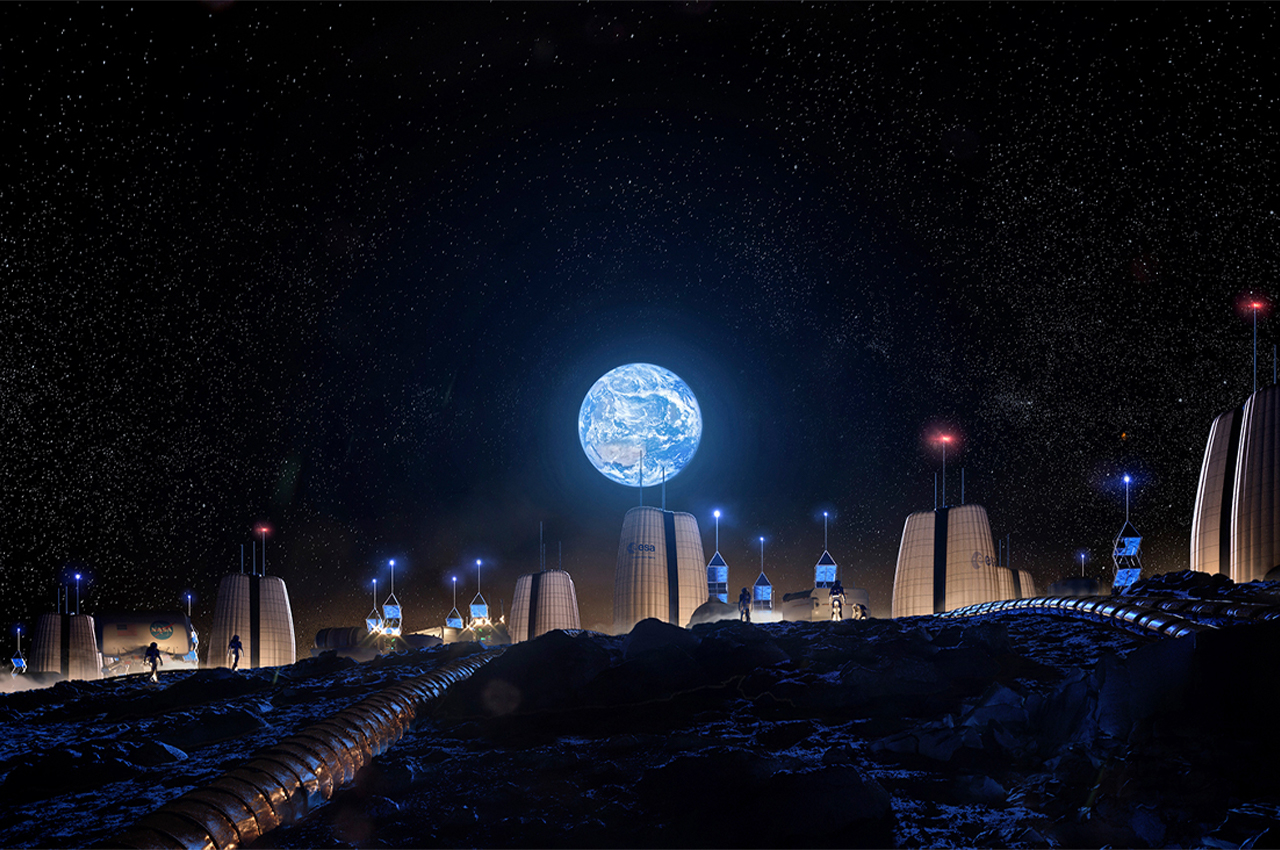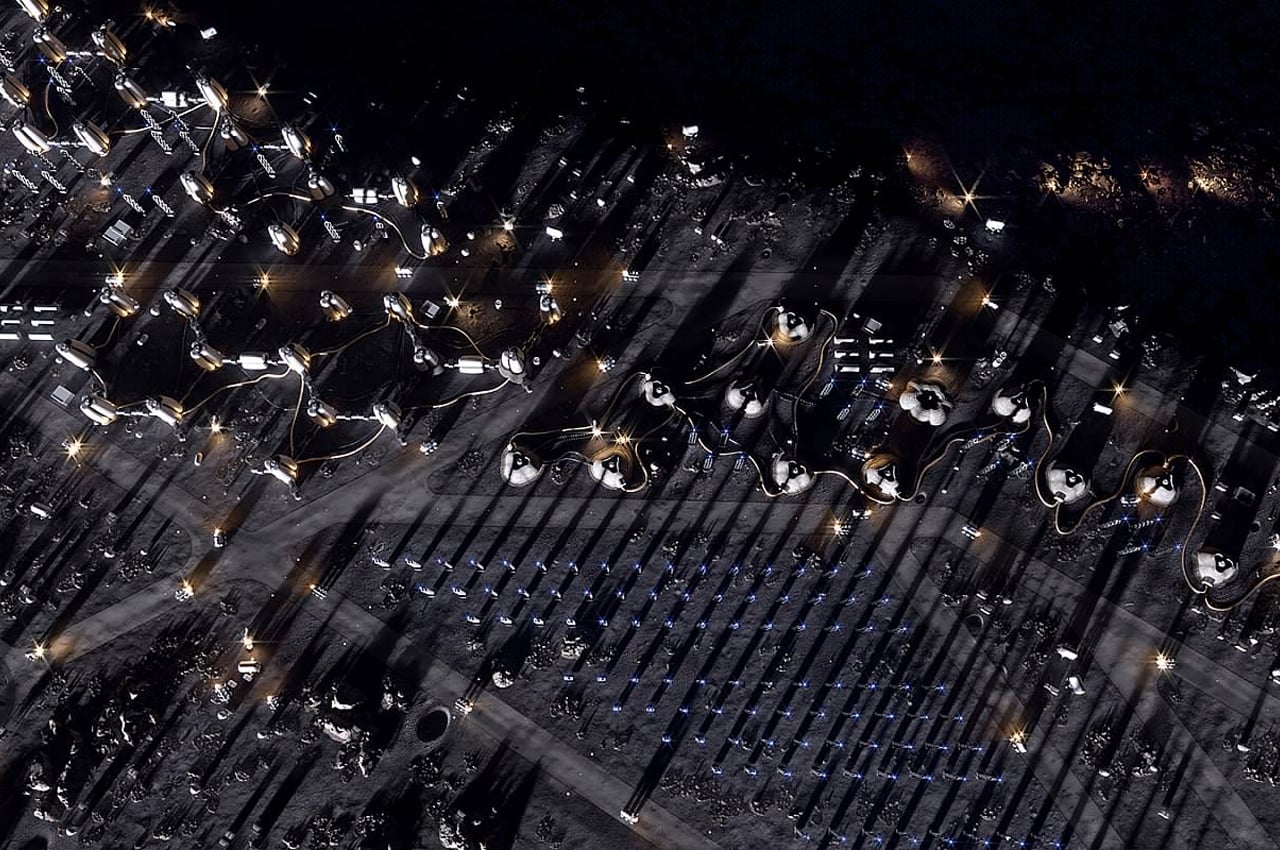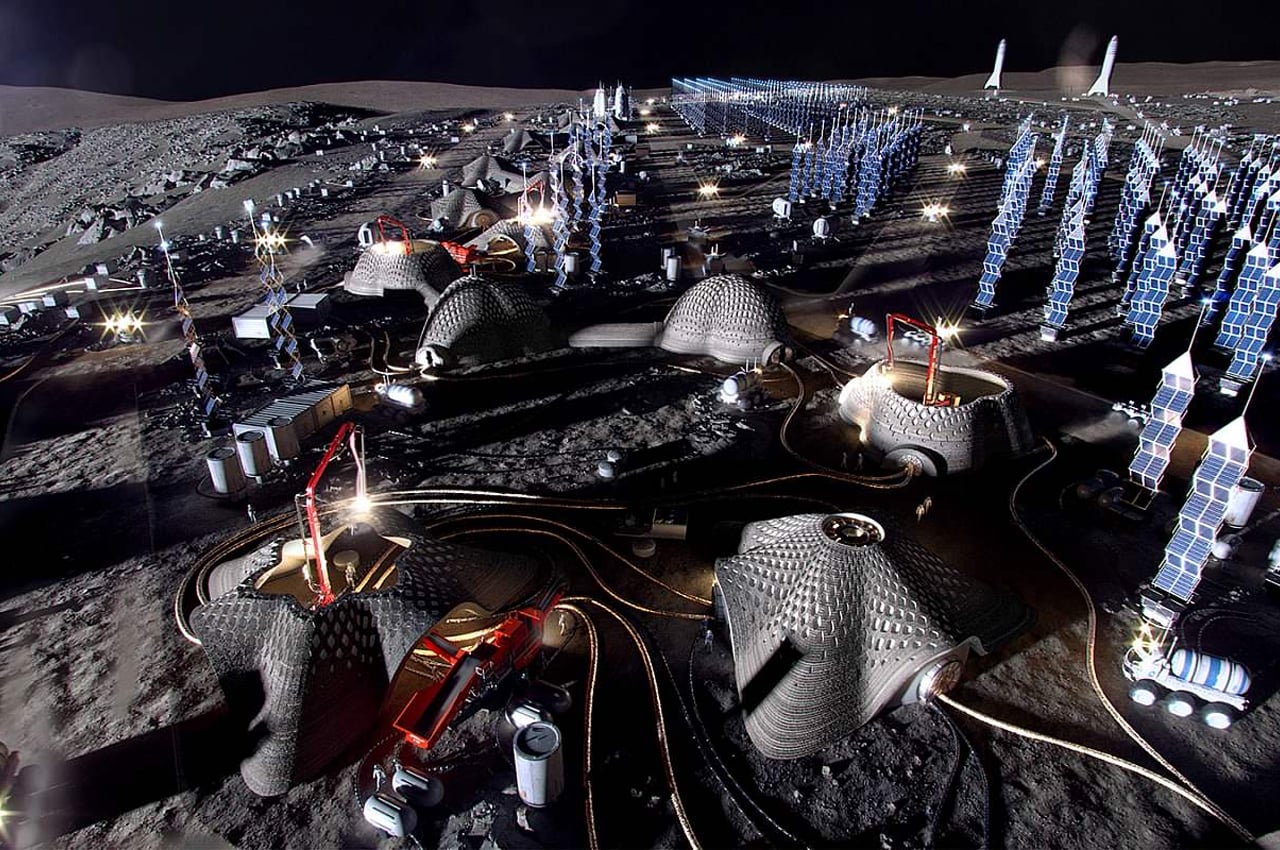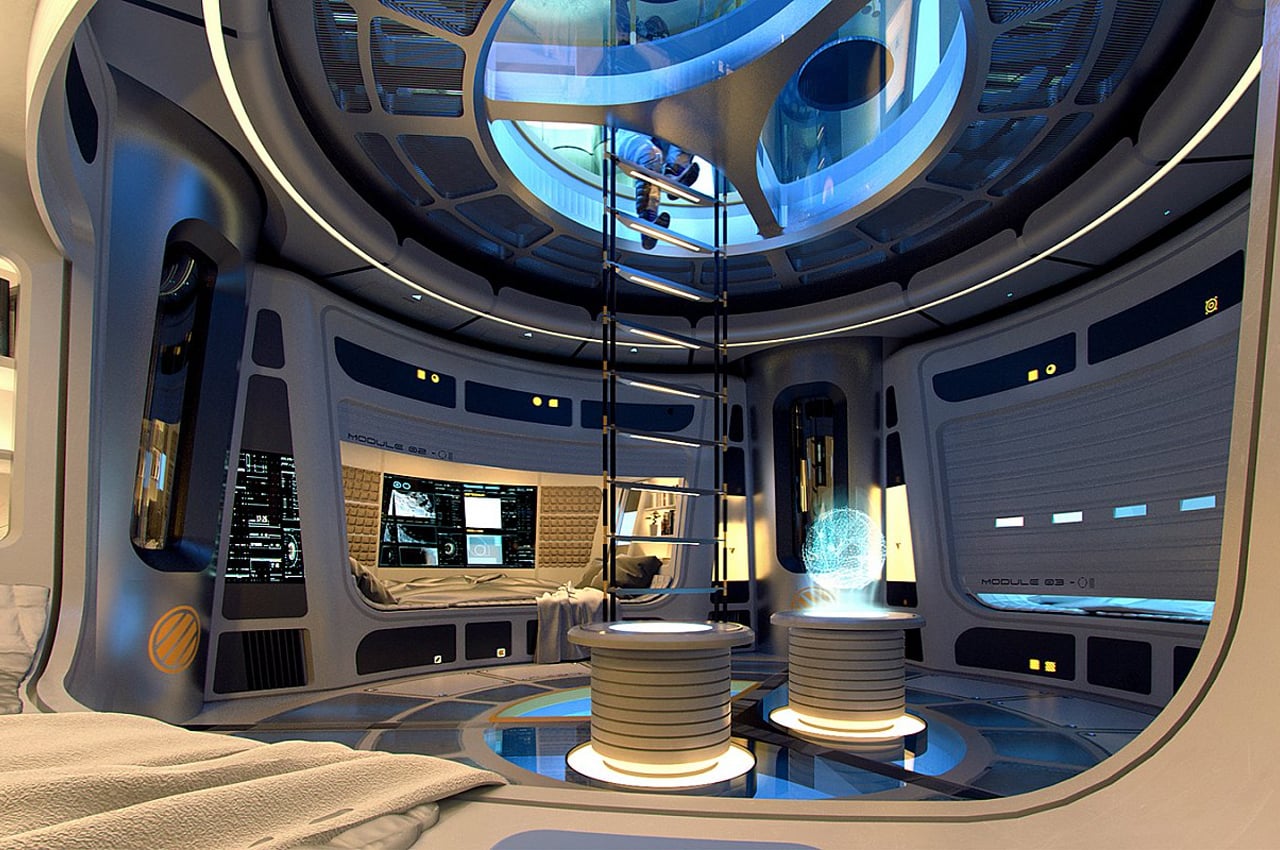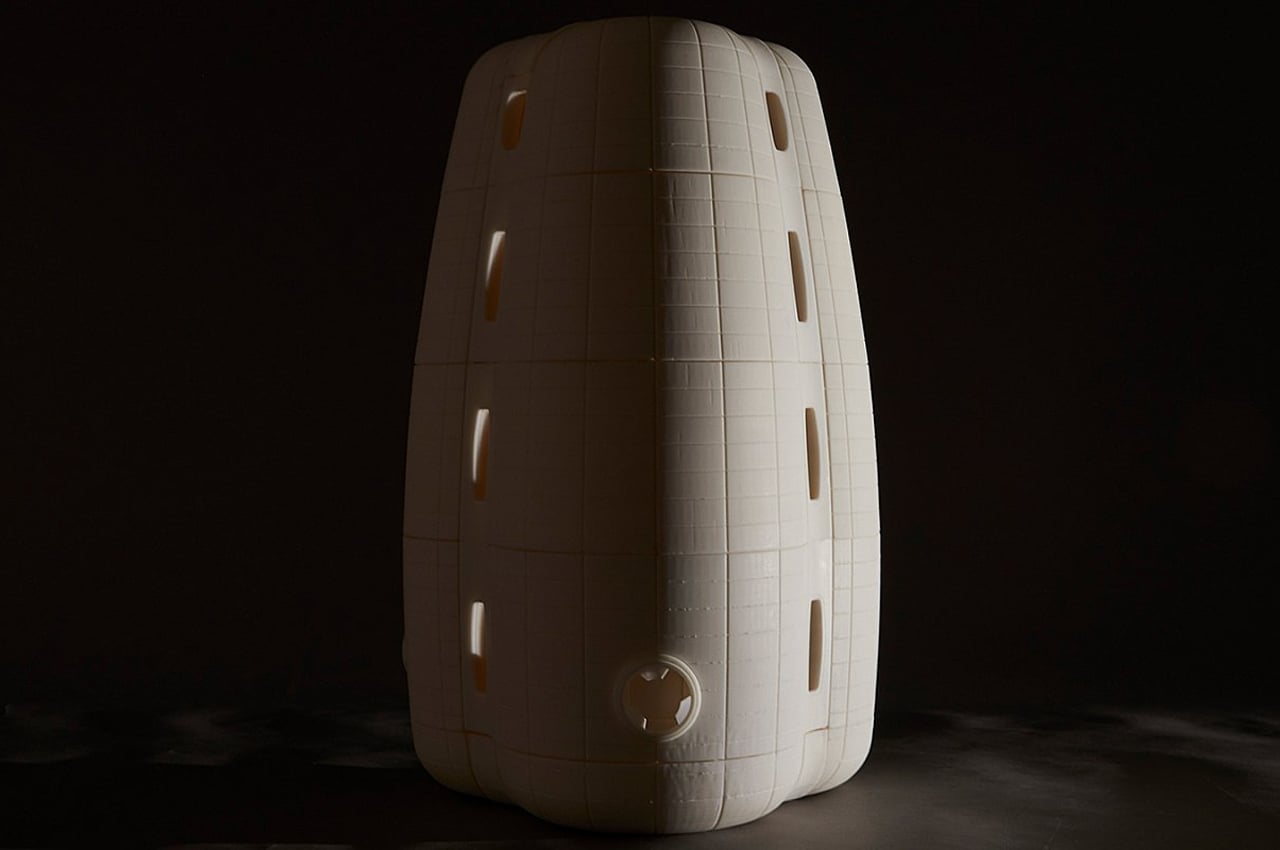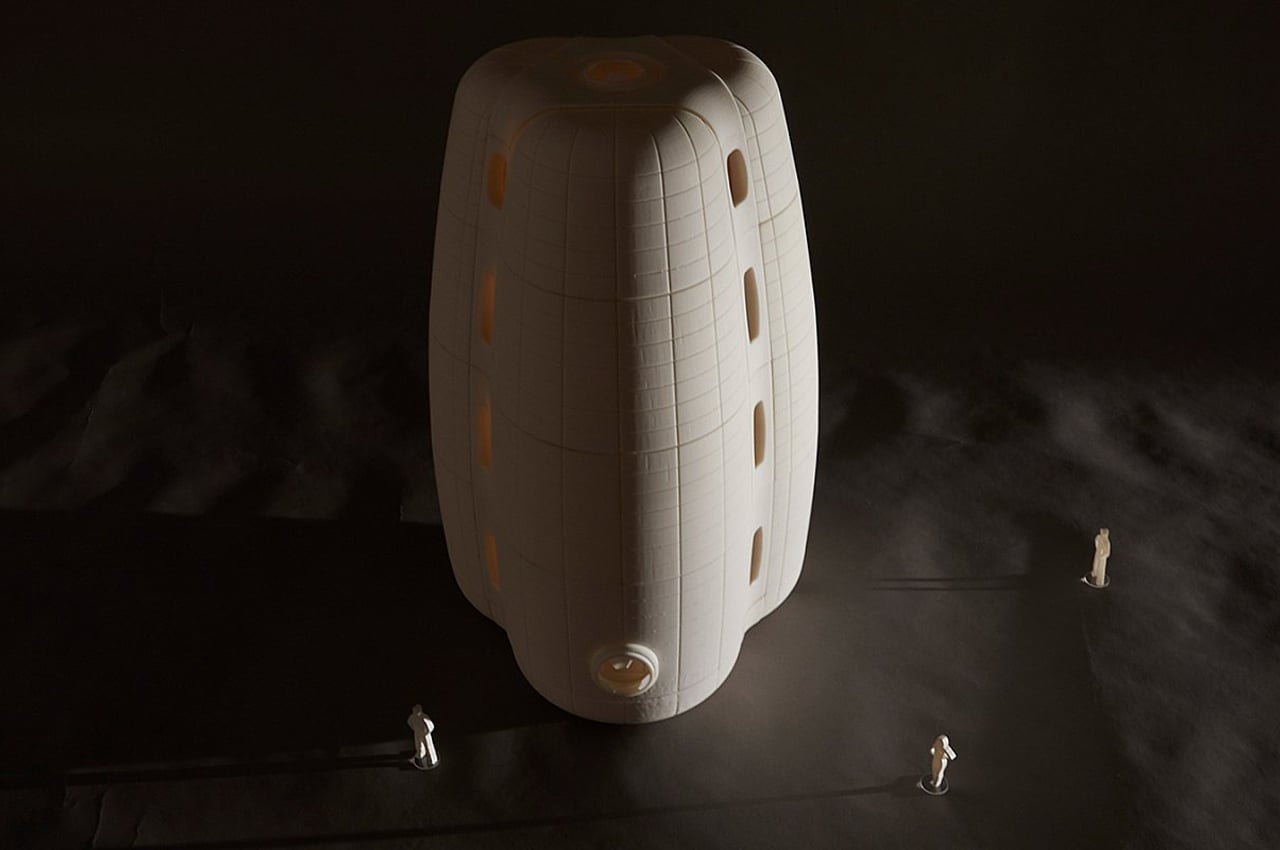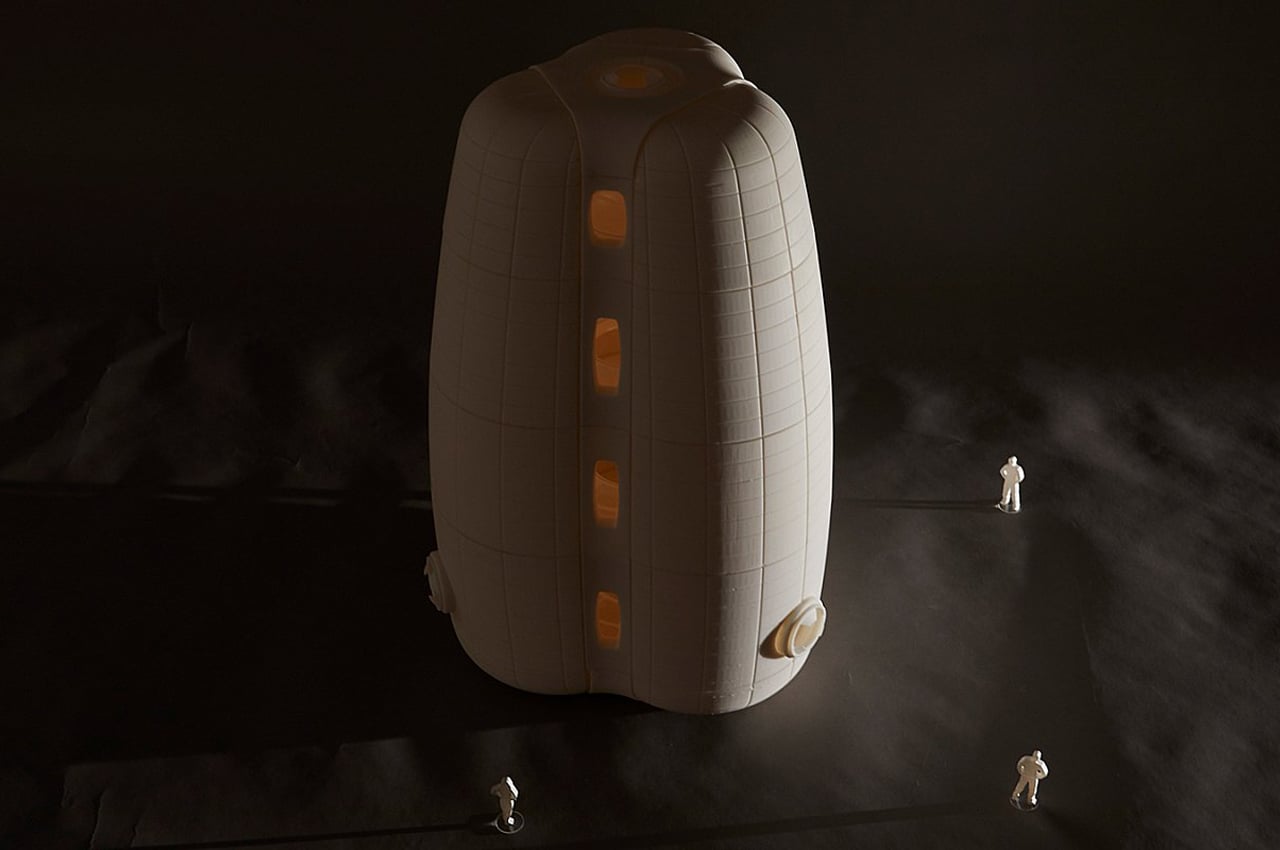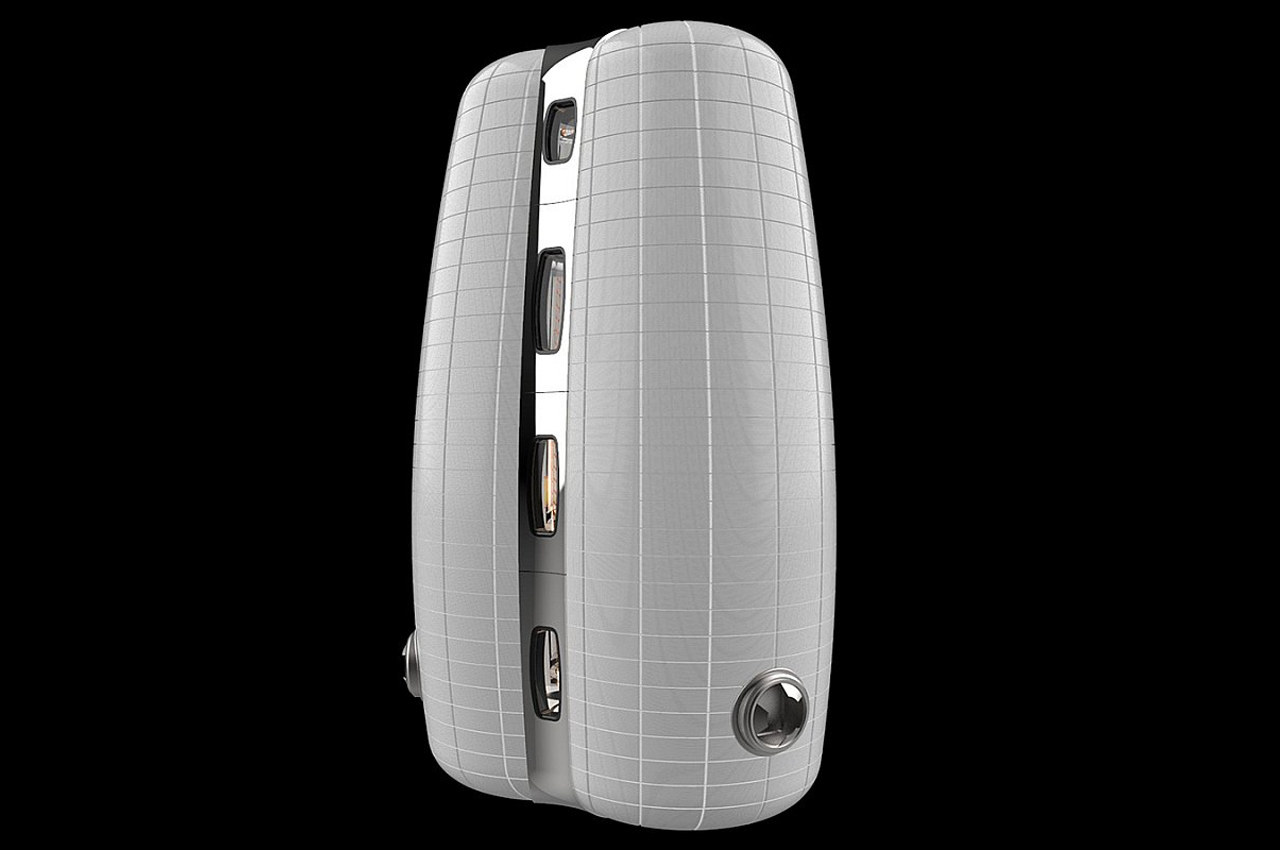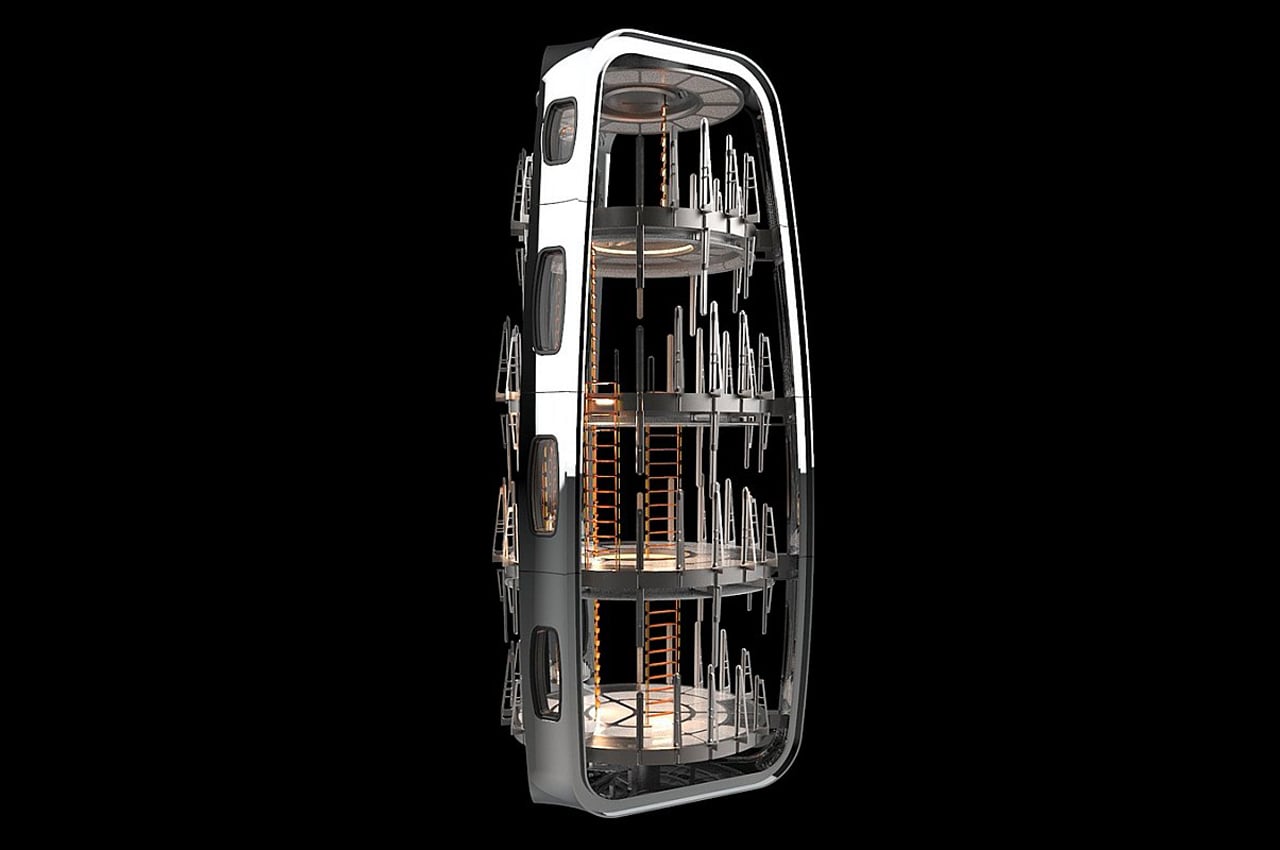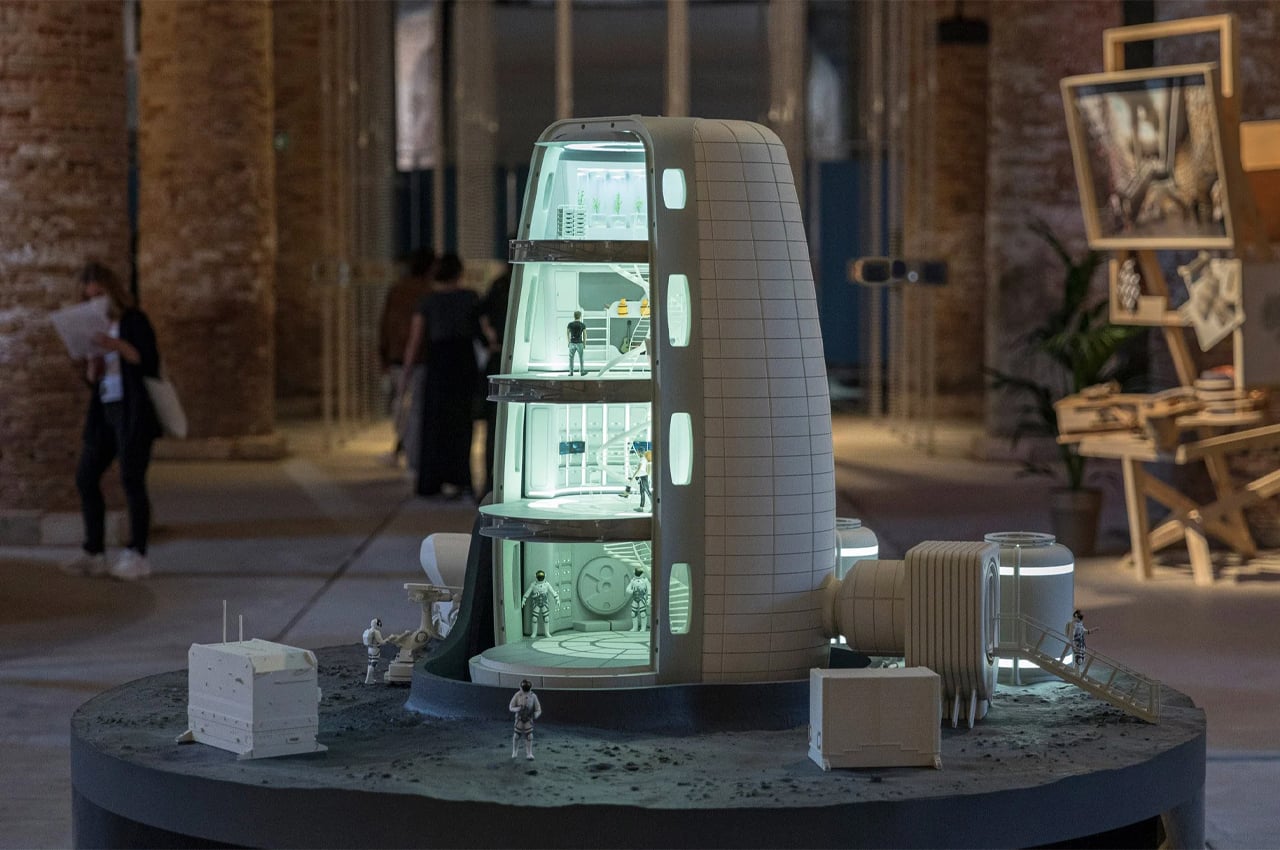
Ever been typing away on your workdesk, only to find your mind flitting away to some far-off memory, as boredom and melancholy slowly creep through your system? Spending 8 hours on your desk can become quite tedious, and sometimes boosting your mood and upping your productivity can seem nearly impossible. But this is where a tiny thing like an adorable stationery design on your desk can truly come in handy. Cute little stationery items carefully dispersed on your desk can add little sparks of joy to your otherwise mundane day. They can bring a smile to your face, no matter how dreary your day feels. And one such lovely design is the Planet Pins by Duncan Shotton.
Designer: Duncan Shotton
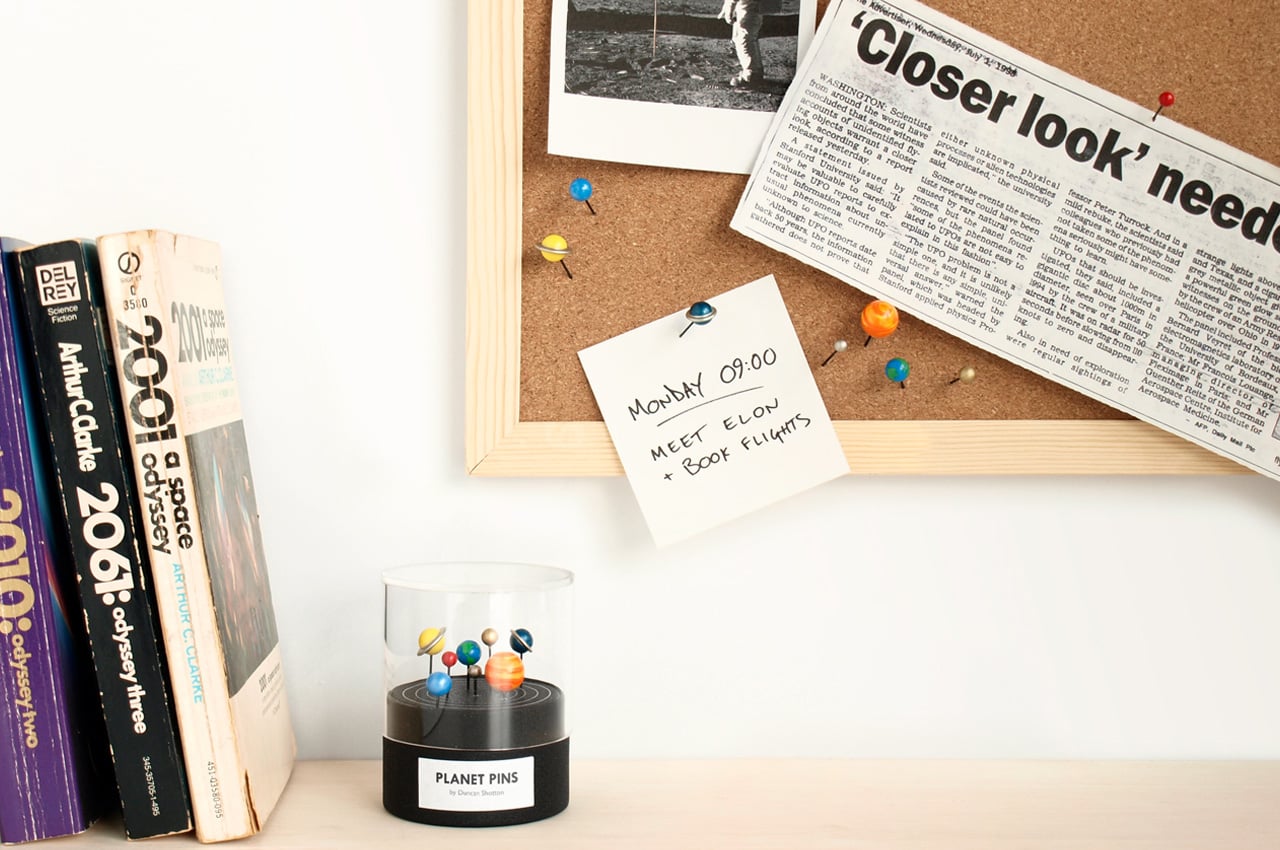

These colorful quirky little creations are hand-painted planet pins inspired by the solar system. This adorable stationery set includes eight extraterrestrial shapes, each one hand-painted in Tokyo and then presented in a compact polished acrylic display case. Accompanying the main case, are little moon pins, with realistic astronomical craters on their surface. The moons are concrete cast.

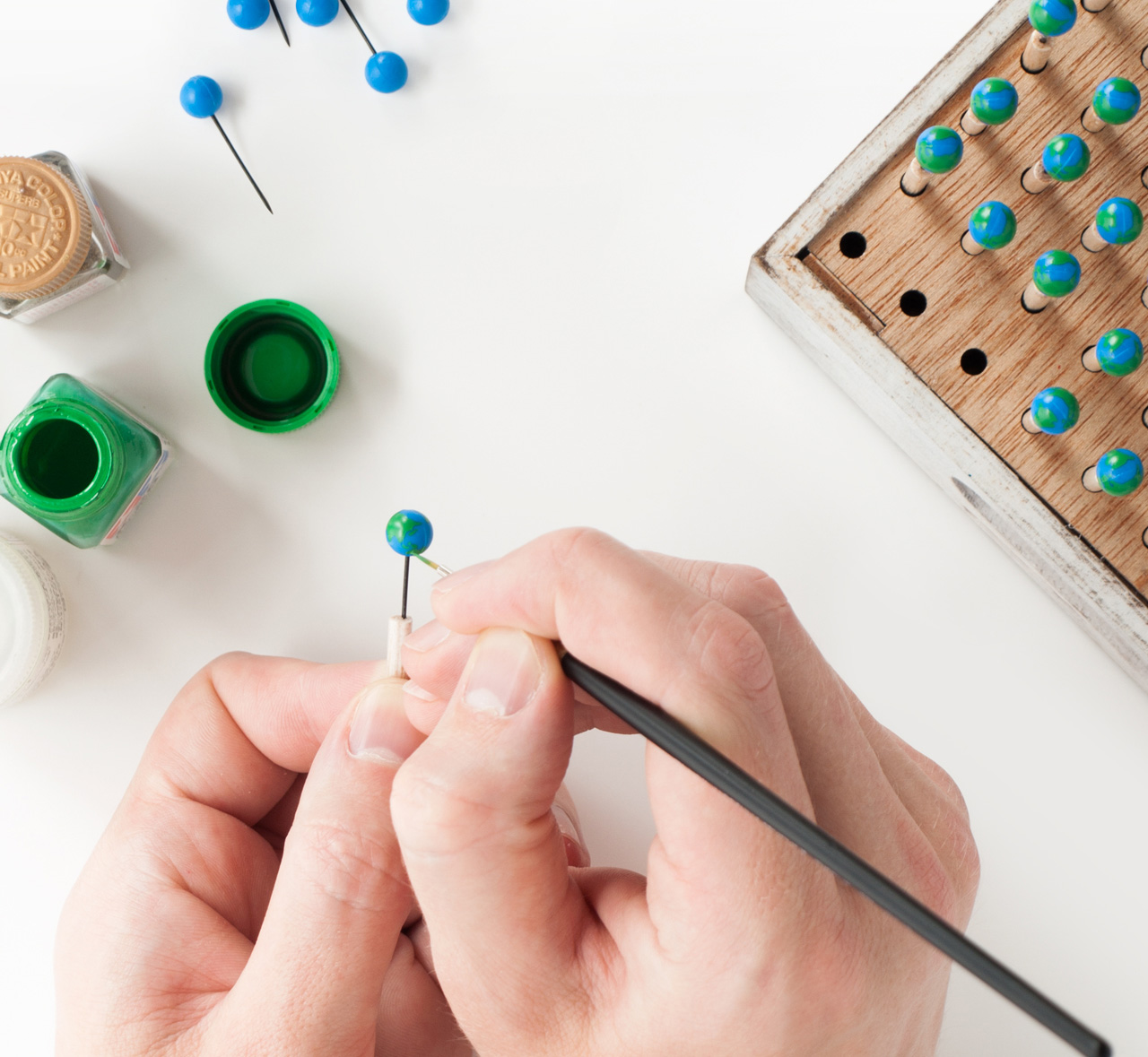
The adorable pins include Mercury in metallic silver, Venus in metallic gold, Earth in painted blue and green, Jupiter in yellow, dark orange, and translucent orange, Mars in red, Saturn in yellow with a metallic silver ring, Uranus in a metallic blue with a metallic silver ring, and Neptune in blue and a lovely white. The pins are beautifully delivered in serial-numbered display cases, so even when they aren’t in use, you can store them neatly in boxes, leaving them out to showcase.
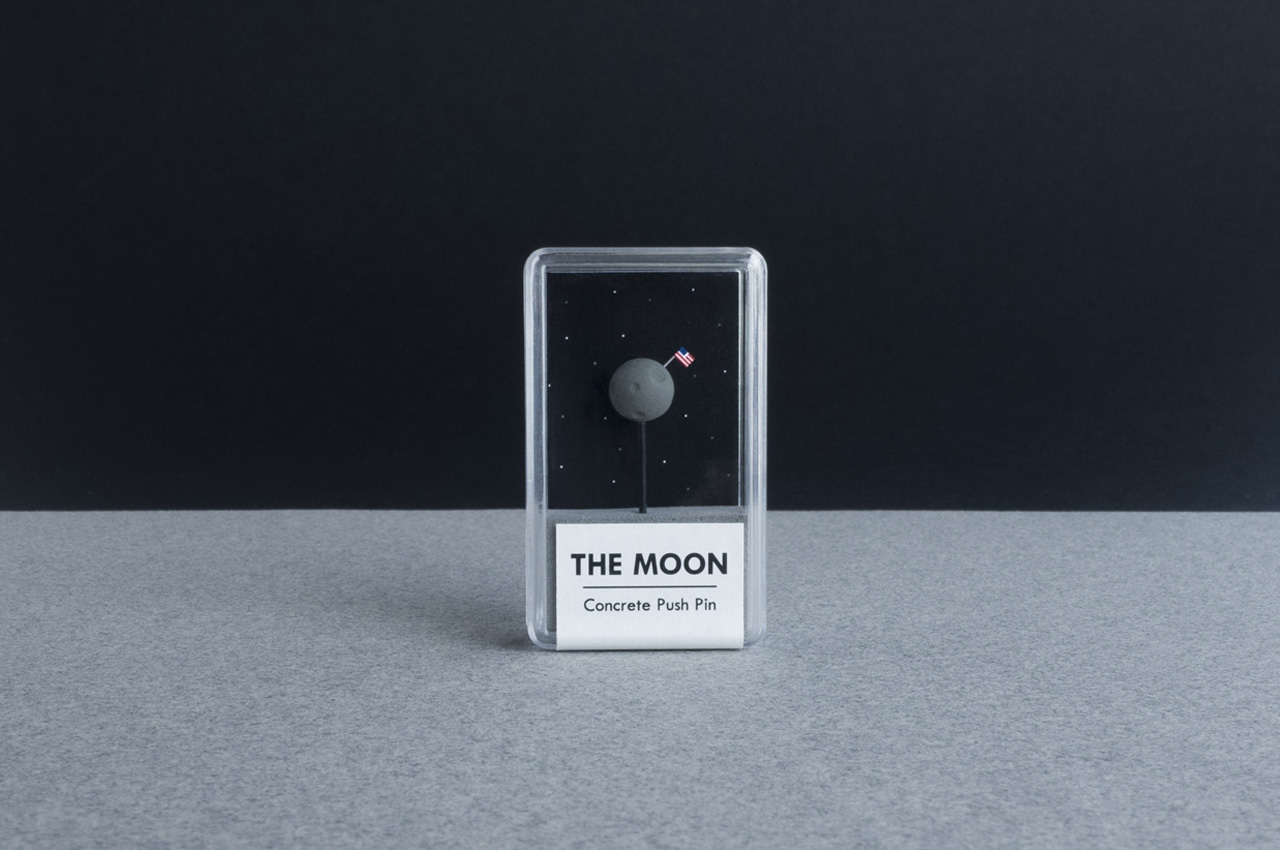
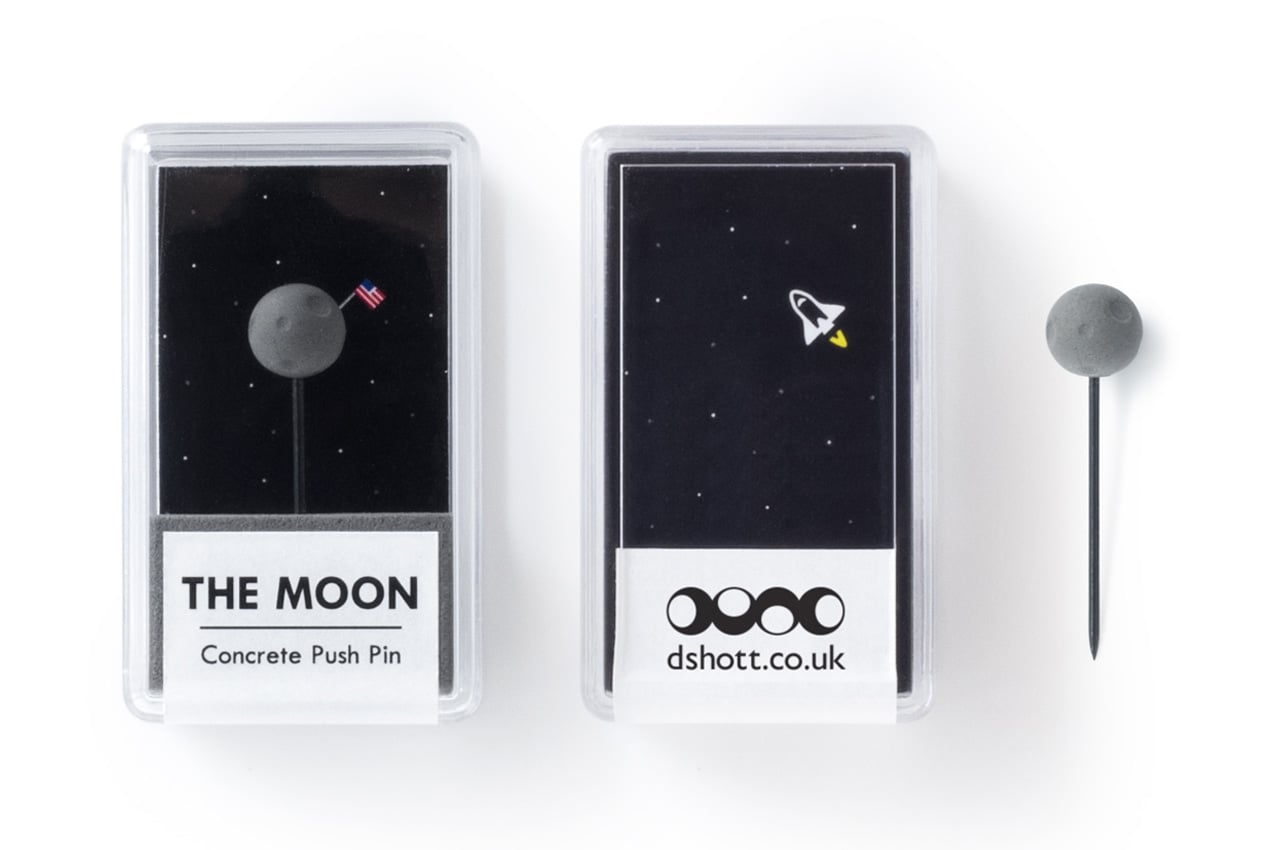
For lovers of outer space and astronomy, the Planet Pins will make for a wonderful addition to their desk or home office, allowing them to integrate their love for the astral spheres into their daily lives and routines. The accompanying moon pins are a bonus, creating a full-fledged and complete solar system for you. Besides featuring little craters, the moons also have a tiny arrangement, representing the iconic “the man on the moon” image. The US flag has also been printed on a card insert, and placed behind each pin, making it a part of the famous setting.

The post Adorable Little Planet Push-Pins Will Bring A Bit Of Outer Space To Your Boring Old Desk first appeared on Yanko Design.
